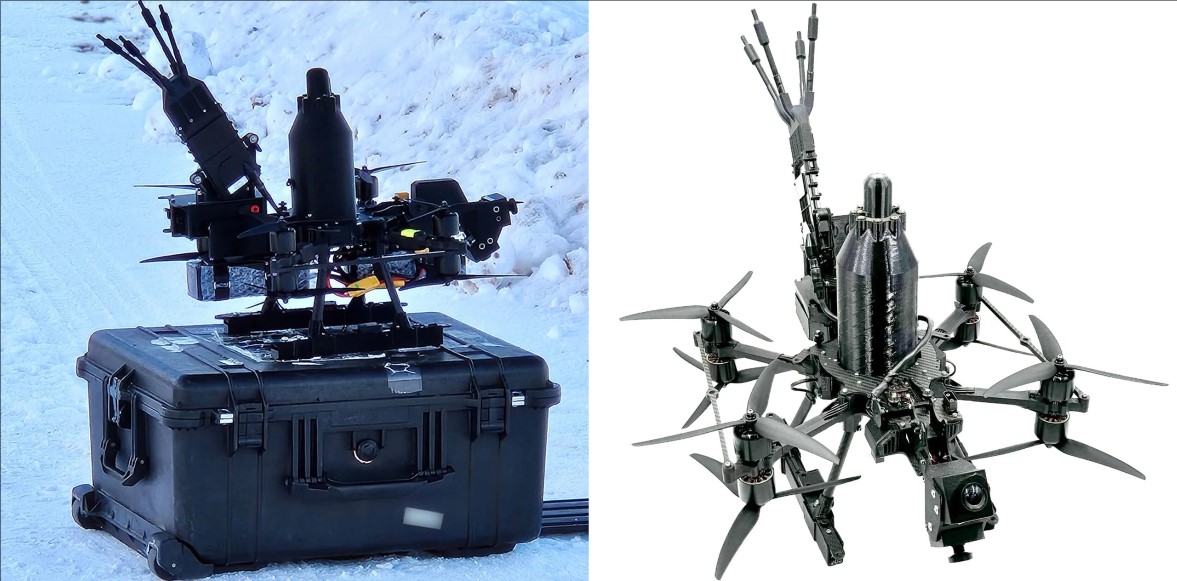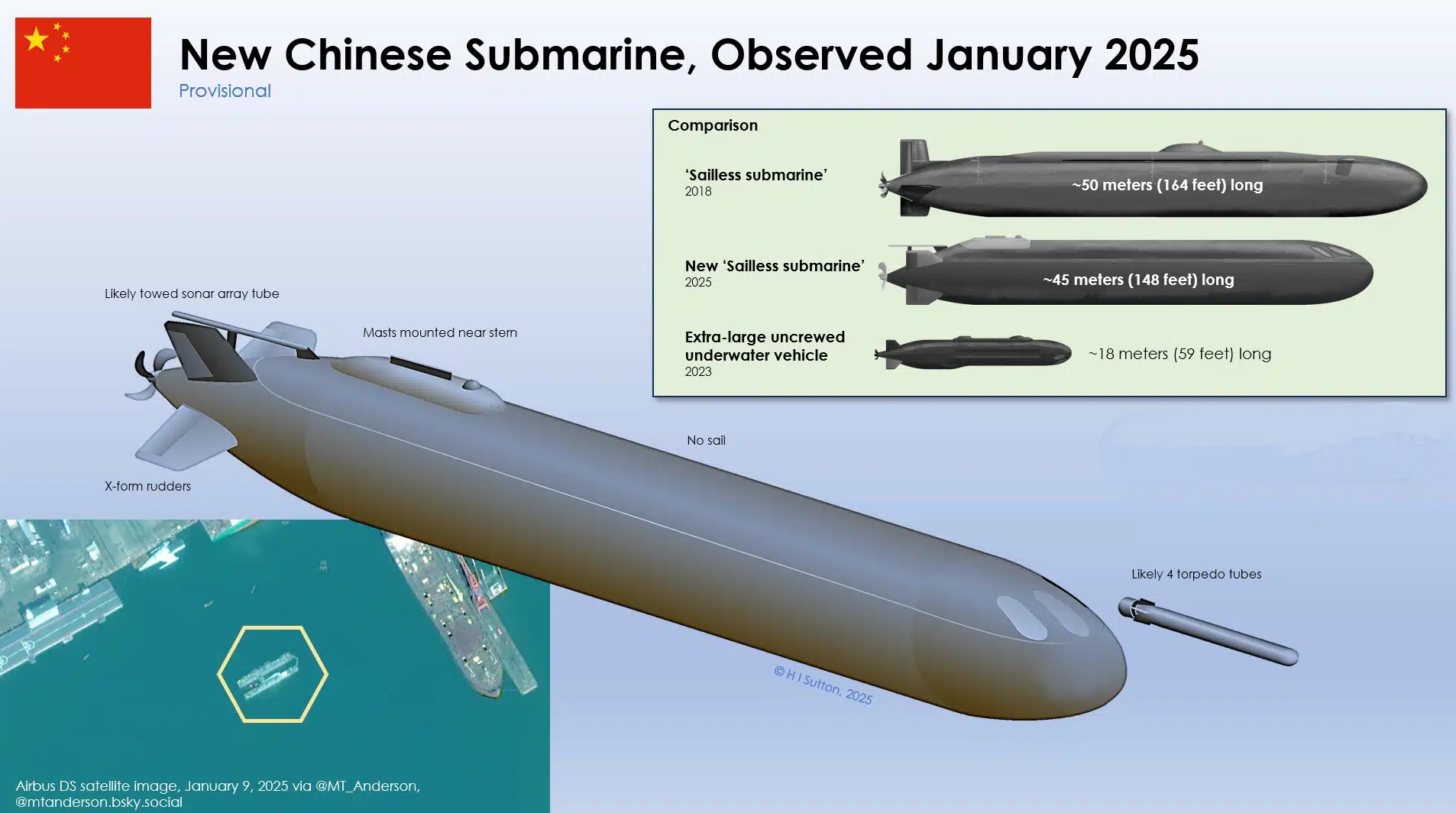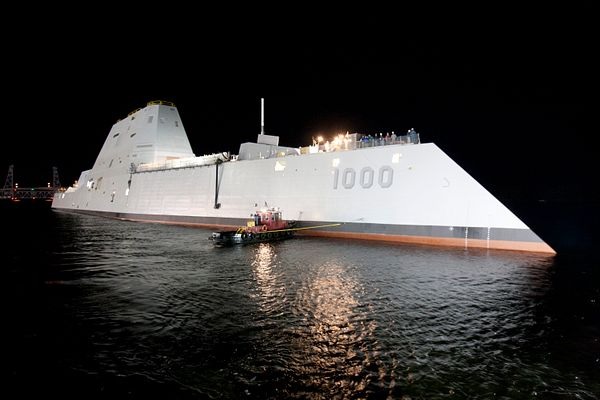IAF Extends Bid Deadline for ISTAR Aircraft Procurement, Aiming to Boost Surveillance Capabilities

The Indian Air Force (IAF) has recently announced an extension to the bid deadline for its procurement of three Intelligence, Surveillance, Targeting, and Reconnaissance (ISTAR) special mission aircraft. This move highlights the IAF's ongoing commitment to enhancing its intelligence-gathering and real-time decision-making capabilities.
The ISTAR system is crucial for providing the IAF with accurate and actionable intelligence. These aircraft are equipped with advanced Synthetic Aperture Radar (SAR) and Electro Optical/Infrared (EO/IR) sensors, which enable them to capture high-resolution imagery and data even in challenging conditions. The collected information is then transmitted rapidly through secure channels, including SATCOM, Wideband Line of Sight (LoS), and Operational Data Links (ODL).
The ISTAR system operates on a streamlined mission cycle. It begins with prioritizing intelligence requests, which are processed through a dedicated mission planning workstation. Following onboard analysis, the mission commander generates a real-time intelligence report to fulfill the initial request. This efficient process ensures that critical information reaches decision-makers promptly, enhancing the IAF's situational awareness and operational readiness.
The procurement includes three complete ISTAR systems, which encompass the aircraft, onboard payloads, and the associated ground segment. The IAF is adhering to the Defence Acquisition Procedure (DAP) 2020 guidelines, with an expected delivery timeline of 60 months from the signing of the contract. This acquisition is a significant step in the IAF's modernization efforts, bolstering its operational effectiveness across various mission scenarios.
There is also speculation that the Defence Research and Development Organisation (DRDO) may be working on developing its own ISTAR platform, influenced by the Indian government's focus on indigenous defence capabilities. Additionally, geopolitical considerations and budgetary constraints might be playing a role in the procurement process and the extension of the bid deadline.
Overall, this procurement is poised to significantly enhance the IAF's intelligence capabilities, positioning it as a leading air force in the region. By integrating cutting-edge ISTAR technology, the IAF aims to strengthen its situational awareness, operational readiness, and overall effectiveness in a rapidly evolving strategic environment.



